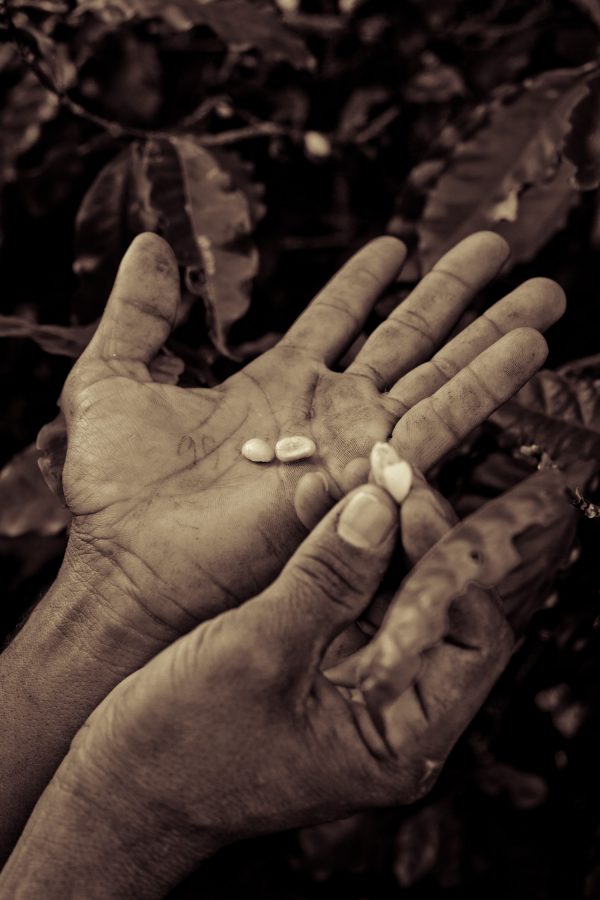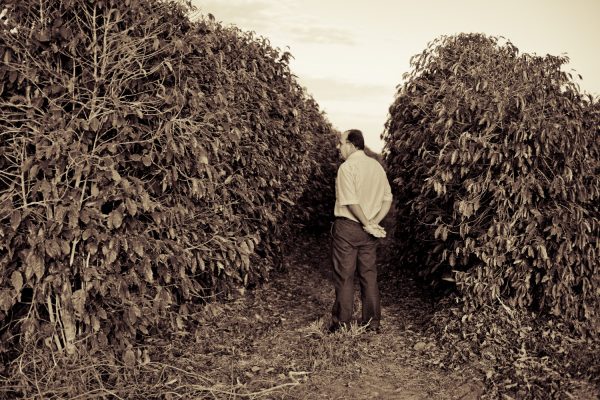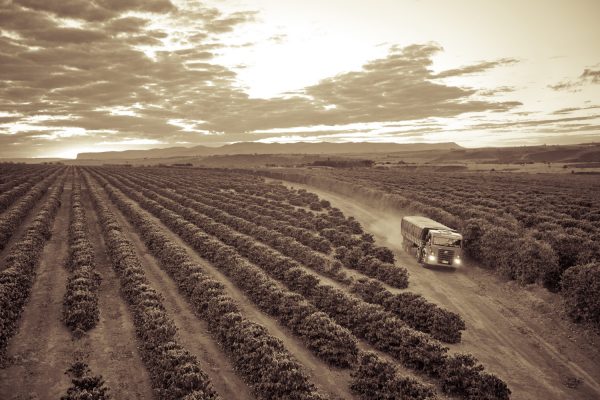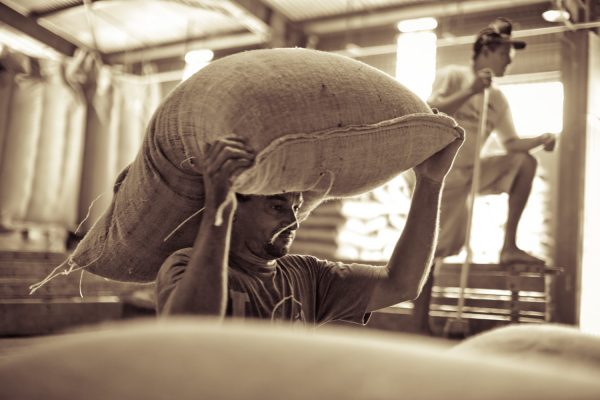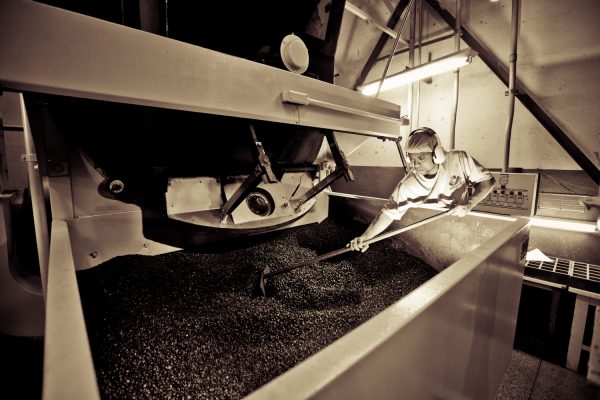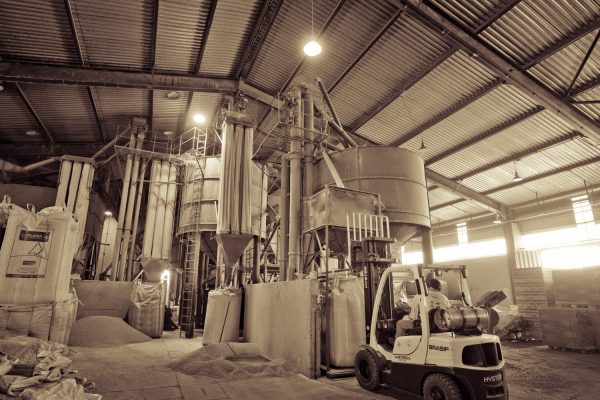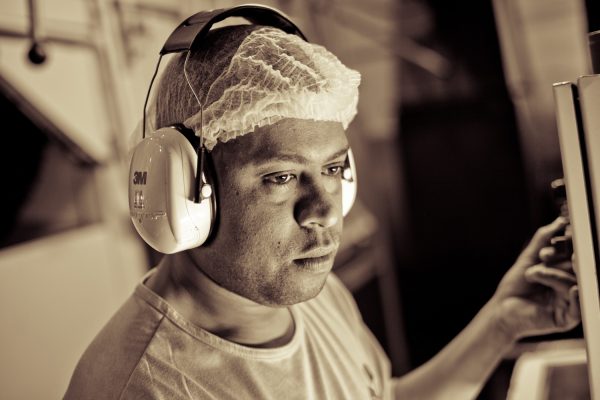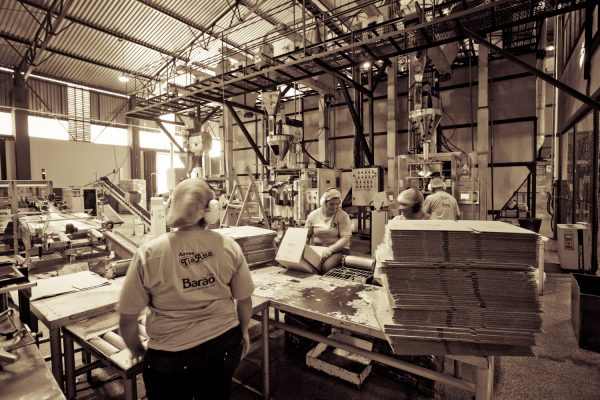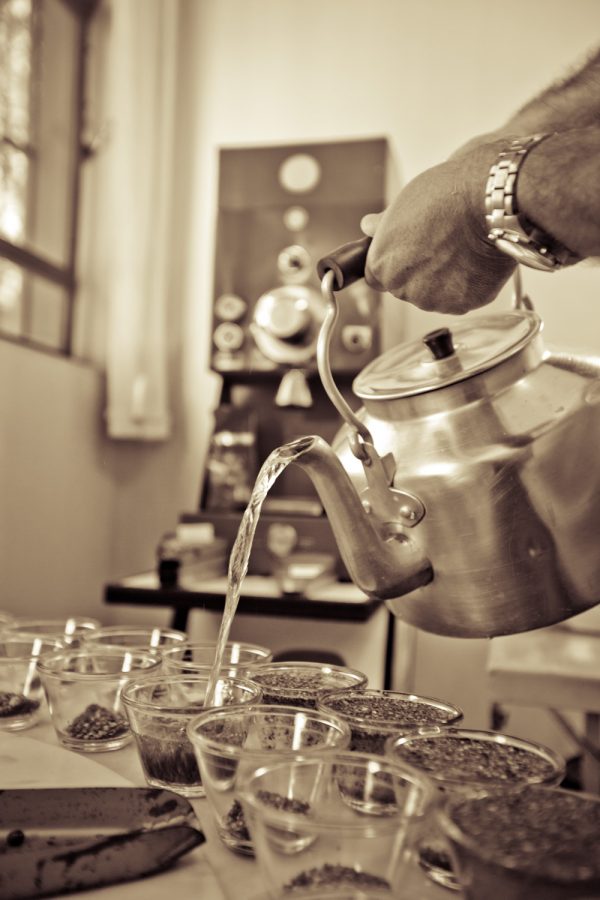In this reportage for MAN Magazine I traveled to the most important coffee region in the world, the southern part of a Brazilian state of Minas Gerais.
A history of coffee production in Brazil goes back nearly 300 years. Brazil has been the world’s largest coffee producer for over 150 years. It is responsible for at least one-third of the world’s coffee, which means around 2.6 million tons a year. A majority of this coffee is grown in the state of Minas Gerais. This state lays in the southeast of the country. It has some of the highest mountains in Brazil, providing good altitude for coffee. Beside that, it also has a rich, fertile soil and a climate that allows the Arabica coffee trees to develop and ripen slowly – producing a higher quality coffee. The state consists of four coffee growing regions: South of Minas, Matas de Minas, Pocos de Calda, Cerrado Mineiro. South of Minas region has a high altitude of average 950m, it has a mild annual temperature of around 22 degrees C and it produces approximately 30% of the country’s coffee. Mostly of the farms are small, ranging from 10 to 100 hectares.
The best Brazilian coffees have traditionally been low in acidity with a heavy body; these characteristics are often complemented with sweet, chocolate and nutty flavors.
